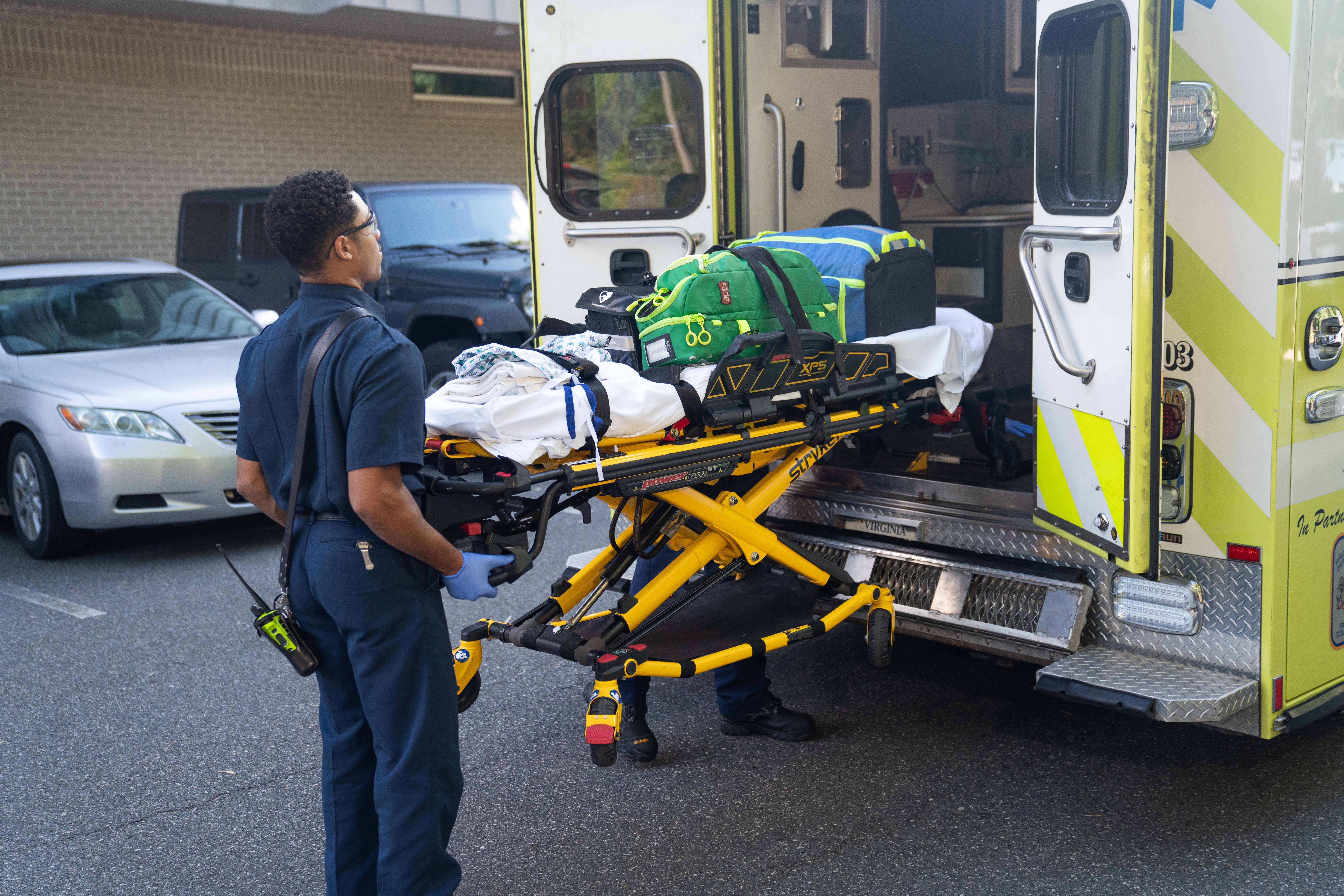
An Improved Resources Hub
NHTSA’s Office of EMS (OEMS) develops and promotes resources to improve EMS systems, educates the public about the value of EMS and shares data collected by clinicians across the nation. To expand access to important information for the entire EMS community, we’ve created a convenient, new online source for all things EMS.
EMS.gov’s completely updated Resources Hub makes it easy to search for, browse and download a wide variety of documents, reports and guidelines. The EMS.gov website, which supports OEMS’ continued focus on EMS systems that are both people-centered and data-driven, gives you convenient links to standardized data from various federal partners, including National Emergency Medical Services Information System (NEMSIS) reports and datasets and the National EMS Traffic Crash Dashboard.NRSS Updates and Ways to Collaborate
The National Roadway Safety Strategy (NRSS), released in early 2022 by the DOT, continues to increase awareness about the role 911 and EMS play in saving lives and treating injuries from motor vehicle crashes.
In a nutshell, the NRSS uses a five-pronged Safe System Approach to help move toward zero deaths on our country’s roadways. Beyond making vehicles, roads, people and speeds safer, the approach identifies the post-crash care that EMS and 911 provide as key to saving lives. Highway safety and transportation professionals are hearing a lot more from NHTSA and the DOT about the impact 911 and EMS system performance—and improvement—have on saving lives.
“The Office of EMS [OEMS] is bringing more attention to the needs of EMS systems so that highway safety professionals understand the impact they can have when we work together to achieve our shared goal of saving lives and reducing disability,” explains Gam Wijetunge, Director of NHTSA’s OEMS.
Here are a few ways EMS, 911 and highway safety can start collaborating today to save the lives of crash victims, while also creating a safe working environment for EMS clinicians:
Learn about new local grants to fund improvements to post-crash care.
The Safe Streets and Roads for All (SS4A) grant program funds regional, local and tribal initiatives through grants to prevent roadway deaths and serious injuries and supports the NRSS, including post-crash care.
Share EMS Data with highway safety.
The DOT’s strategy document identifies the National EMS Information System (NEMSIS) as a highway safety database, making it a critical resource. Asking about the data highway safety personnel have, and what else they might need, is a great way to start a conversation with your state or local highway safety contact.
Collaborate on highway safety planning.
More and more, highway safety officials are involving EMS and 911 in their planning, and EMS professionals are offering information and resources to make those plans stronger and more inclusive of post-crash care elements.
